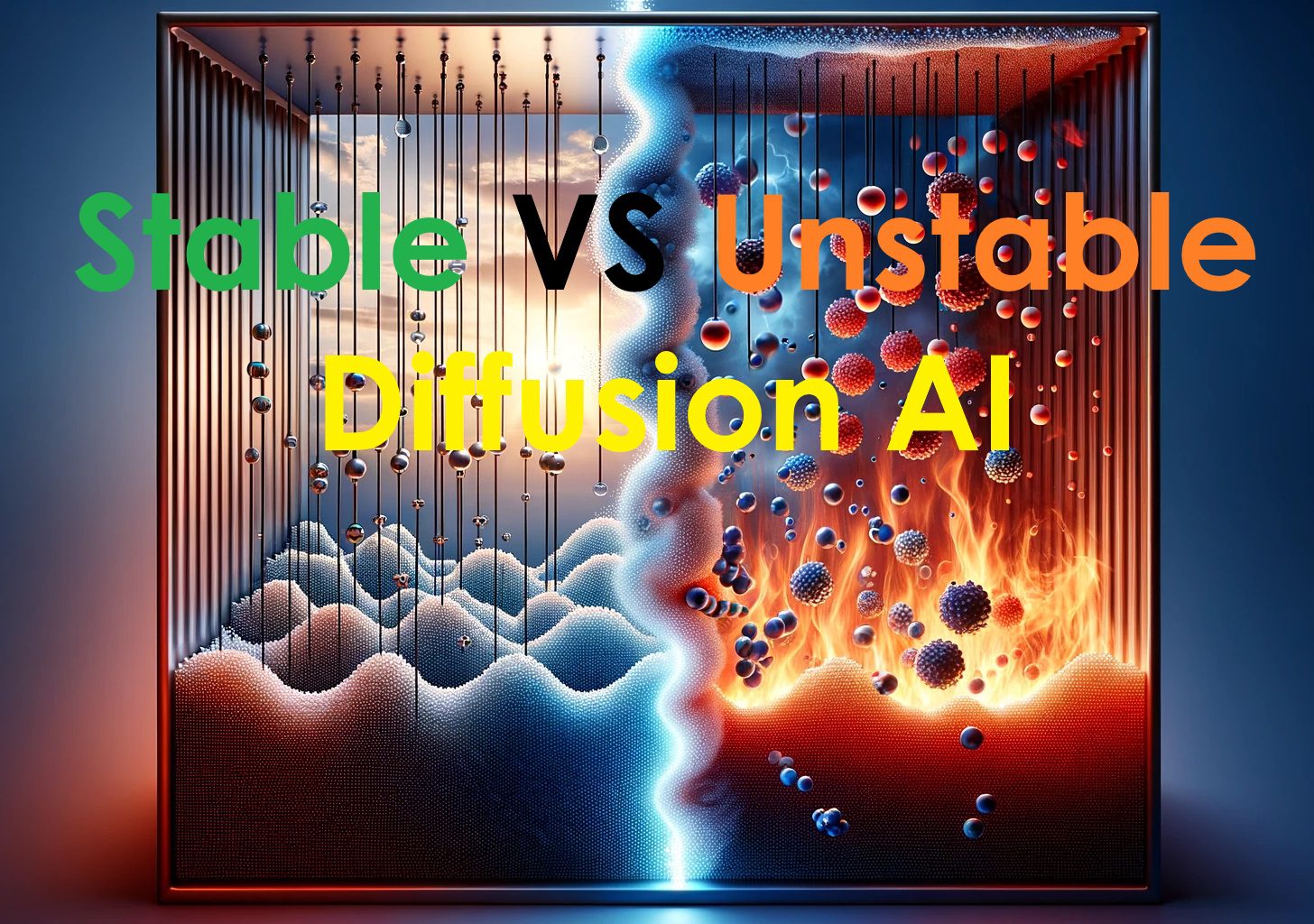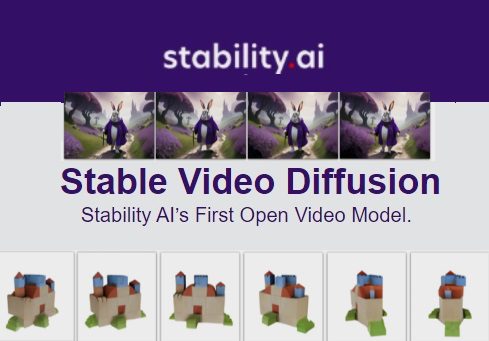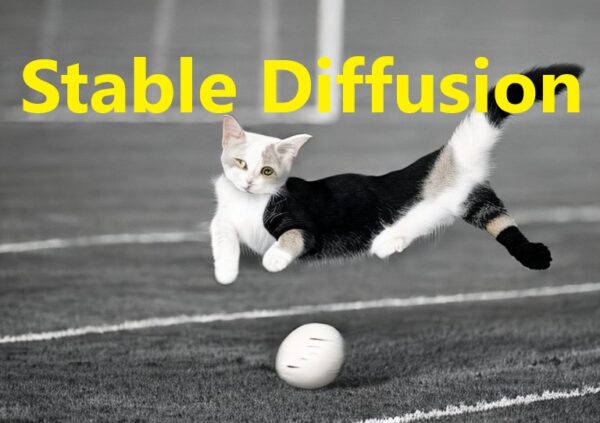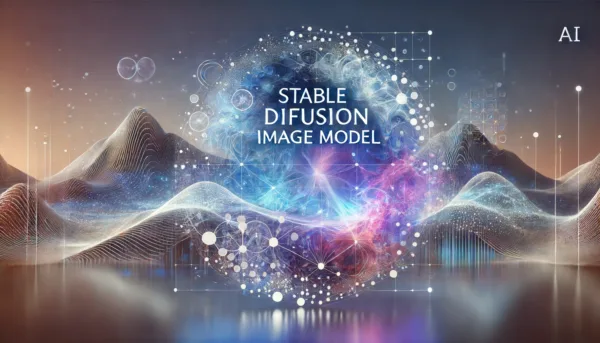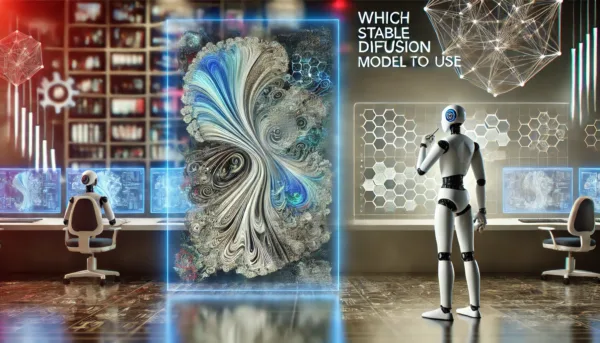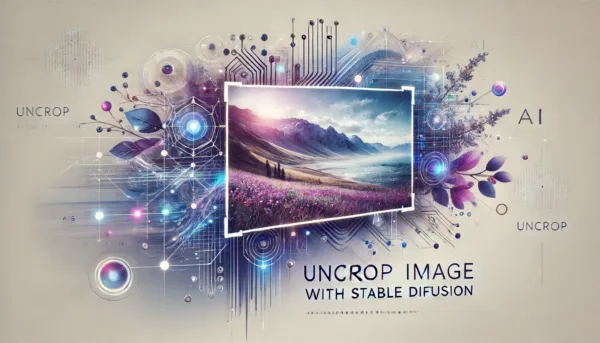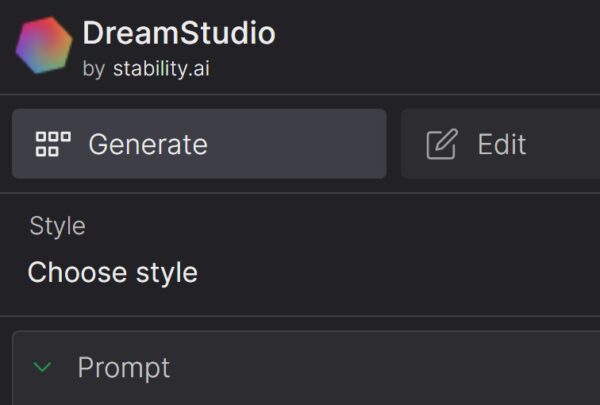Stable Diffusion and Unstable Diffusion, as facilitated by Stability.AI and a community of hobbyists or hackers, respectively, present intriguing contrasts in the AI-driven image generation landscape. Stability.AI’s Stable Diffusion is lauded for its reliability, ease of access, and user-friendliness, catering to a wide range of creative tasks from realistic image generation to animation and video creation. Its predictable and consistent behavior, grounded in a well-defined noise level and neural network, ensures high-quality, coherent outputs based on user prompts.
On the flip side, Unstable Diffusion is celebrated for its adventurous and experimental nature, pushing beyond the bounds of its stable counterpart to produce diverse, uncensored, and sometimes abstract images. It owes its “unstability” to variable noise levels and a larger neural network, granting users a unique blend of unpredictability and artistic freedom in their creations. This tool appeals particularly to those seeking to explore creative boundaries with less conventional or more daring visual content.
The origin of these tools is noteworthy. Stable Diffusion was developed by Stability.AI, a firm dedicated to creating accessible AI technologies for artistic and commercial use. In contrast, Unstability.ai is a company that emerged from the Image Generator AI tool endeavors of independent developers outside of Stability.AI, driven by curiosity to extend the capabilities of AI image generation into realms not covered by Stable Diffusion, such as generating content that may be considered NSFW or simply more creative and less defined.
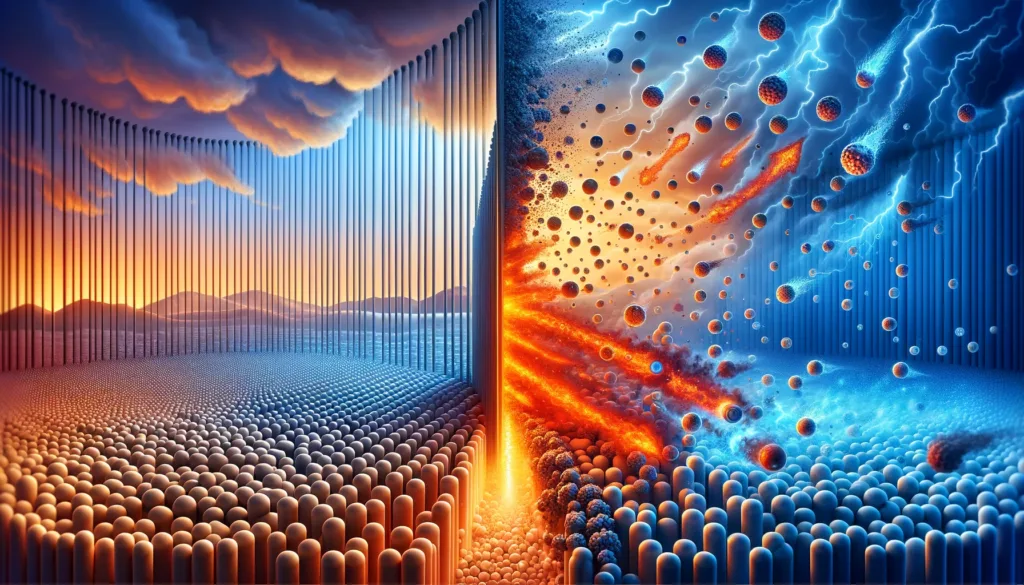
Accessibility and user experience also diverge significantly between the two. Stable Diffusion is readily available and supported, with a plethora of resources for learning and troubleshooting, thanks to its backing by Stability.AI and a vibrant community of users. Conversely, Unstable Diffusion requires more effort to obtain and use, typically sourced from unofficial or less secure platforms, and may come with a steeper learning curve and less support for new users.
Choosing between Stable and Unstable Diffusion depends on your creative goals, technical proficiency, Generative AI preference, and willingness to navigate the challenges associated with more experimental tools. If you prioritize high-quality, reliable outputs with extensive support, Stable Diffusion is the go-to choice. For those who value creativity and experimentation over predictability and are willing to explore less trodden paths, Unstable Diffusion offers an enticing alternative.

